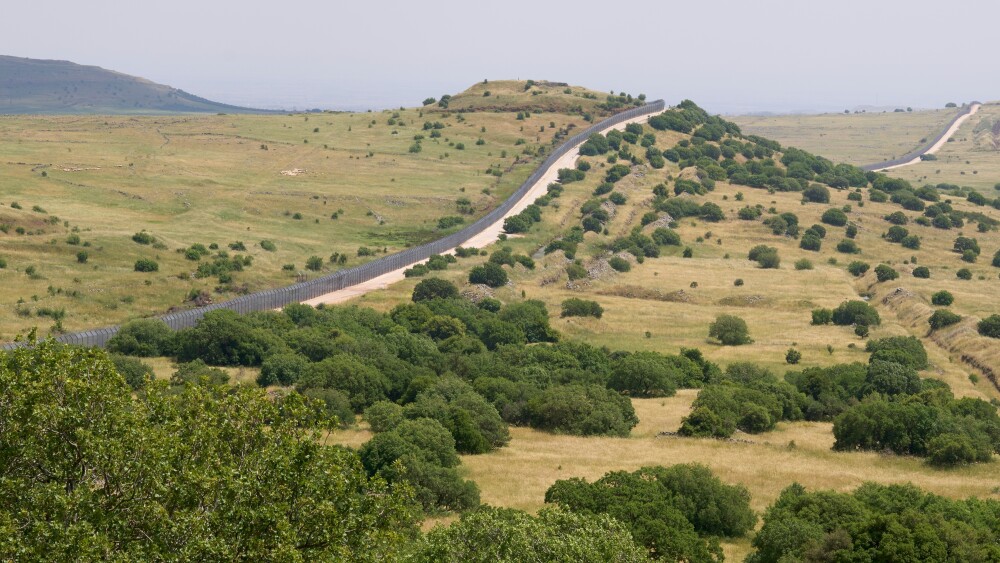With the recent escalation in the exchange of strikes between Israel and Hezbollah, questions have been raised as to what role, if any, Syria is playing or will play in the events. Some observers have noted a generally muted response from the Syrian government to the recent escalation and have even suggested that the Syrian government has somehow ‘betrayed’ Hezbollah, which has deployed fighters to Syria to support the Syrian government, with thousands killed and wounded as a result.
While this sort of comment might superficially seem to be an amusing insight, it is mistaken with regards to Syria’s role in the broader ‘axis of resistance’ and the general approach towards managing the borders with Israel. Even prior to the outbreak of the civil war in Syria, the borders with the Israeli-controlled Golan Heights were generally kept quiet because the Syrian government knew it did not have the ability to undertake an active military confrontation with Israel.
Even before the Syrian civil war, the borders with the Israeli-controlled Golan Heights were quiet because Syria knew it did not have the ability to undertake an active military confrontation with Israel.
There is all the more reason now to avoid getting drawn into an active confrontation now given that the government does not have full control over its territory and has to deploy considerable military assets to maintain frontlines held by other factions (specifically, the insurgents in north and northwest Syria, and the U.S.-backed Syrian Democratic Forces in the north and east of Syria) as well as maintaining internal security within the areas officially under its control (e.g. securing the ‘badiya’ region of the central Syrian desert and steppes against the Islamic State insurgency). Besides these military challenges, the country also has to face its ongoing economic crisis that has seen the currency severely depreciate in value. In other words then, there is a strong rational incentive to stay out of active military confrontation with Israel.
More importantly however, the notion of a Syrian government ‘betrayal’ of Hezbollah constitutes a misunderstanding of Syria’s role in the broader ‘axis of resistance.’ As I discussed in my paper for Middle East Quarterly this summer, there is no ‘one size fits all’ Iranian approach to the constituents of the ‘axis of resistance.’ Syria’s primary function in the axis is to serve as a conduit and supplier of weapons to Hezbollah, cooperating with the Iranians in this endeavour. The Israeli attack on Masyaf earlier this month was almost certainly intended as an effort to disrupt weapon supplies to Hezbollah within the broader framework of upping the military pressure on the group.
While it is true that Hezbollah and the Islamic Revolutionary Guard Corps been involved in the training and arming of local formations of Syrian fighters and these local formations can serve as channels for economic and cultural influence, these formations are not however intended to serve as a ‘Syrian Hezbollah’ equivalent that acts independently of the Syrian military command in the way that Hezbollah in Lebanon functions independently of the Lebanese armed forces. Rather, the foundation of Syria’s forces remains its army, and the Syrian military and government continue to serve as willing partners of the ‘axis of resistance’ in allowing for the country to serve as a conduit and supplier of weapons to Hezbollah. But it is also clear that the broader ‘axis’ respects the Syrian government’s desire to avoid getting its own forces and frontlines drawn into an active confrontation with Israel. The notion of developing the Golan borders as a new active military front with Israel is mistaken.
In light of this analysis, reports claiming that Houthis have been deploying to the Golan front via Jordan, or that “40,000 militia fighters” are now in the vicinity of the Golan Heights to serve as a reserve force for Hezbollah need to be taken with a pinch of salt. One can expect Syria to continue functioning as a channel for supplies to Hezbollah and for the Israelis to act accordingly by continuing to conduct strikes on Syrian territory. At least some people in Lebanon -- including some Syrian refugees -- will also be seeking shelter in parts of Syria should the recent escalation be sustained and grow. But one should not expect much more than this.
Published originally under the title “Syria and the Israel-Hezbollah Escalation.”







